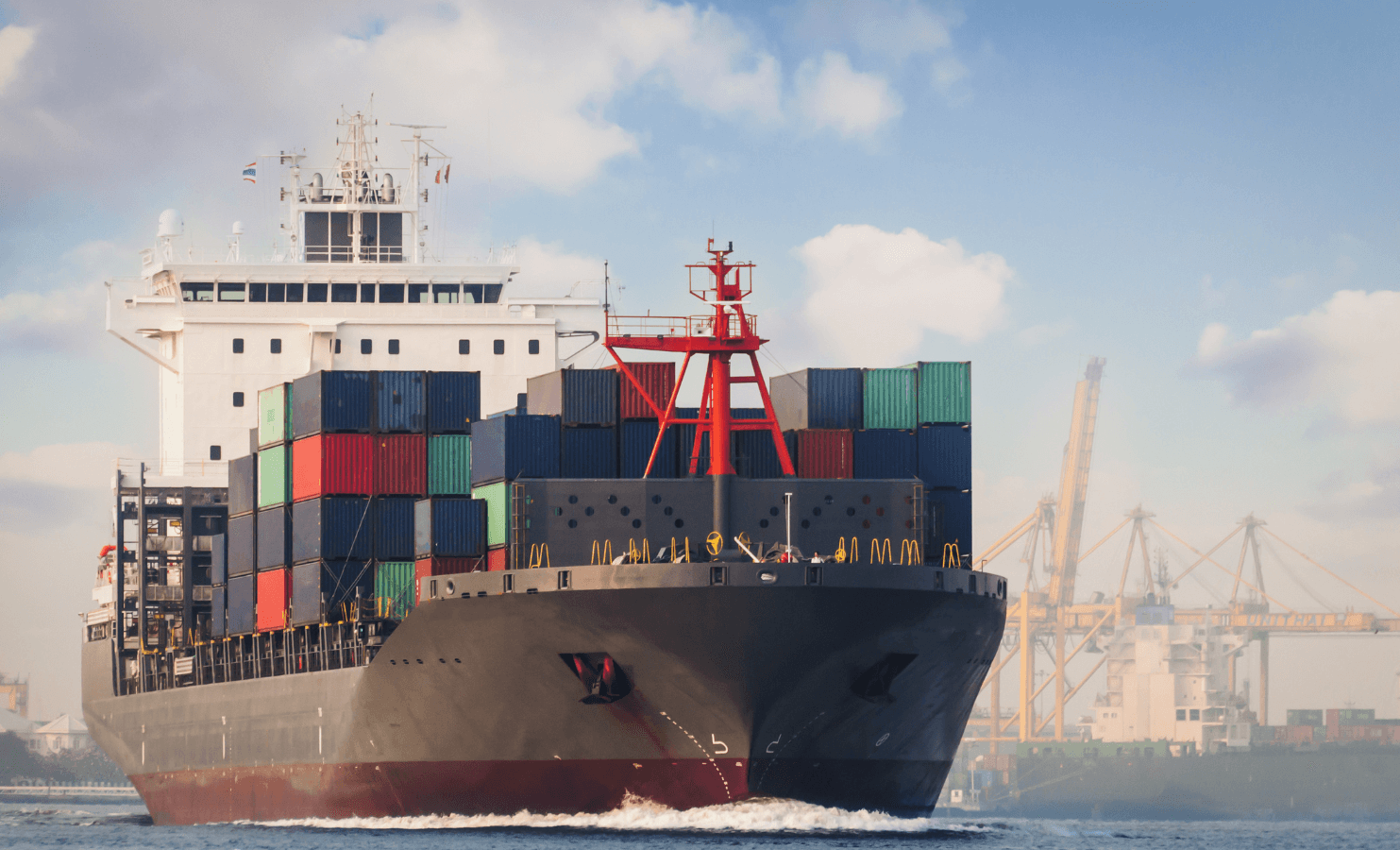
Maritime Transport
We have developed the first science-based framework to support companies in the maritime transport sector to set near- and long-term science-based targets in line with 1.5°C.
New guidance for the maritime sector
The Science Based Target Setting Guidance for the Maritime Transport Sector is the world’s first framework for companies in the maritime sector to set near- and long-term science-based targets in line with 1.5°C.
It provides a detailed understanding on how to set targets and account for greenhouse gas emissions taking into account the unique context of the sector, as well as an explanation of how science-based targets are indeed feasible for the maritime industry.
Maritime businesses can also use the SBTi Criteria Assessment Indicators (CAI) to understand the relevant criteria by sector or target type. The CAI consolidates all criteria across SBTi resources, providing businesses with verifiable control points to use when developing science-based targets. It also provides clear and concise descriptions of the minimum documentation required to demonstrate alignment with each criteria point.
Why take action?
The shipping industry is responsible for over 3% of global annual GHG emissions, and is on course to increase more than fivefold by 2050. As such, this sector has an obligation to begin rapidly decarbonizing and help tackle the climate crisis.
By setting emission reduction targets in line with 1.5°C and defining appropriate decarbonization strategies, companies in the maritime industry can help rapidly accelerate the transformation to a net-zero economy and prevent the catastrophic effects of climate change.
According to UMAS, the maritime industry must scale up climate action and cut its CO2 emissions 45% by 2030 and reach net-zero by 2040 to get on track and meet the global climate goals.
About the project
The SBTi, with support from WWF, Smart Freight Centre (SFC) and UMAS, developed the Science Based Target Setting Guidance and Tool for the Maritime Transport Sector.
Project participants
The SBTi convened a Technical Working Group (TWG) composed of experts from stakeholder organizations and companies interested in setting a science-based target and contributing to the project execution.
Furthermore, both industry and non-industry representatives provided feedback on the project through webinars and written consultation. The SBTi ensured a balanced participation of stakeholder categories.
State of play
From March to April 2021, the SBTi opened a month-long public consultation period for experts in the maritime sector to provide feedback on the draft guidance and target-setting tool, to ensure the criteria and guidance are robust, clear, and practical.
Acknowledging the comments received, we carried out an in-depth review, and launched the SBTi Maritime Guidance and Tool in December 2022.
Commit to set science-based targets now
The next few years are critical in the fight against climate change. The SBTi Maritime Guidance gives companies the opportunity to cut emissions at the pace required to keep the 1.5°C goal within reach.
Take the lead and step up climate action by setting science-based targets today.
Resources
Watch the first Training Webinar and download the slides
Watch the second Training Webinar and download the slides



